let’s be honest. Keeping up with customers these days? It’s exhausting. One moment they’re on Instagram, next they’re checking your website, then maybe messaging you on WhatsApp. And if everything isn’t aligned? Total chaos. People get lost, confused, and sales… well, don’t even get me started.
I’ve seen this happen so many times at Webeside Technology (Wb Tech). Some clients were all over the place—Instagram, Facebook, emails, websites—but nothing matched. Instagram posts said one thing, emails another, website something else entirely. Customers got confused, engagement dropped, sales stalled.
The fix? Smooth the journey. Make it seamless. Like walking someone through a store without them bumping into shelves or wandering off.
What Omnichannel Marketing Actually Is
Basically, it’s being everywhere your customers are but making it feel like one connected story. Not random, not disjointed. Everything flows naturally.
It’s not the same as multichannel marketing. Multichannel is just being on a lot of platforms. Omnichannel is making all those platforms work together, talk to each other. Customers shouldn’t feel like they’re hopping from place to place.

Think about it… someone sees your Instagram ad, clicks your website, maybe chats on WhatsApp, reads your email. If all these experiences feel like the same story, you’re doing it right. If not… you lose them.
Honestly, it’s like storytelling. You don’t jump around randomly. You guide people. That’s what omnichannel does.
Why It Matters
Customers don’t care about fancy marketing jargon. They just want it to work. If emails say one thing, social posts another, and your website something else, they get frustrated. Confused customers leave. Fast.
Here’s how you can think about it, super casually:
- Keep your messages consistent. All channels should say the same thing.
- Engage people without making them hunt for info. Reminders, follow-ups, little nudges
- Make buying easy. Less friction = more sales.
- Build trust. Smooth experiences make people loyal.
See? Simple. Works every time.
How To Do It
Here’s what we do at Webeside Technology (Wb Tech). Honestly, it works.
- Know your customers. Where do they hang out? How do they interact? Surveys, analytics, asking them directly… do it. Skip this, and you’re lost.
- Map their journey. First ad, website visit, post-purchase follow-ups. Mapping shows gaps and where they drop off.
- Keep messaging consistent. Every post, email, chatbot message—same tone, same voice. Confusion kills.
- Use tools wisely. CRMs, automation, analytics dashboards—they save lives. Connect channels, show what works.
- Personalize everything. Name in emails, product suggestions, cart reminders. Tiny touches, huge difference.
Real Stories
Funny thing—I had a client once. Instagram said one thing, emails another, chatbot totally different. After we helped at Webeside Technology (Wb Tech), engagement jumped, abandoned carts dropped, repeat purchases went up.
Another client used WhatsApp follow-ups after website visits. Customers loved it. Felt like the brand actually cared. That’s what omnichannel is about—making people feel seen.
Common Mistakes
- Channels not talking to each other. Ads, emails, website all different. Confusing.
- Over-automation. Bots too robotic. Customers notice.
- Ignoring analytics. If you don’t check data, you don’t know what works.
- Generic messaging. People know when it’s not personal.
-

Wrapping It Up
Omnichannel marketing isn’t a trend. It’s how customers expect to interact now. Done right, it guides them naturally, builds trust, increases loyalty, and yes… boosts sales.
At Webeside Technology (Wb Tech), we help businesses create seamless journeys. Mapping paths, integrating tools, personalizing touchpoints—we do it all. Your brand meets customers wherever they are, without confusion.
Check out https://webesidetechnology.com/ and see it in action. Your customers will notice. And your sales will too
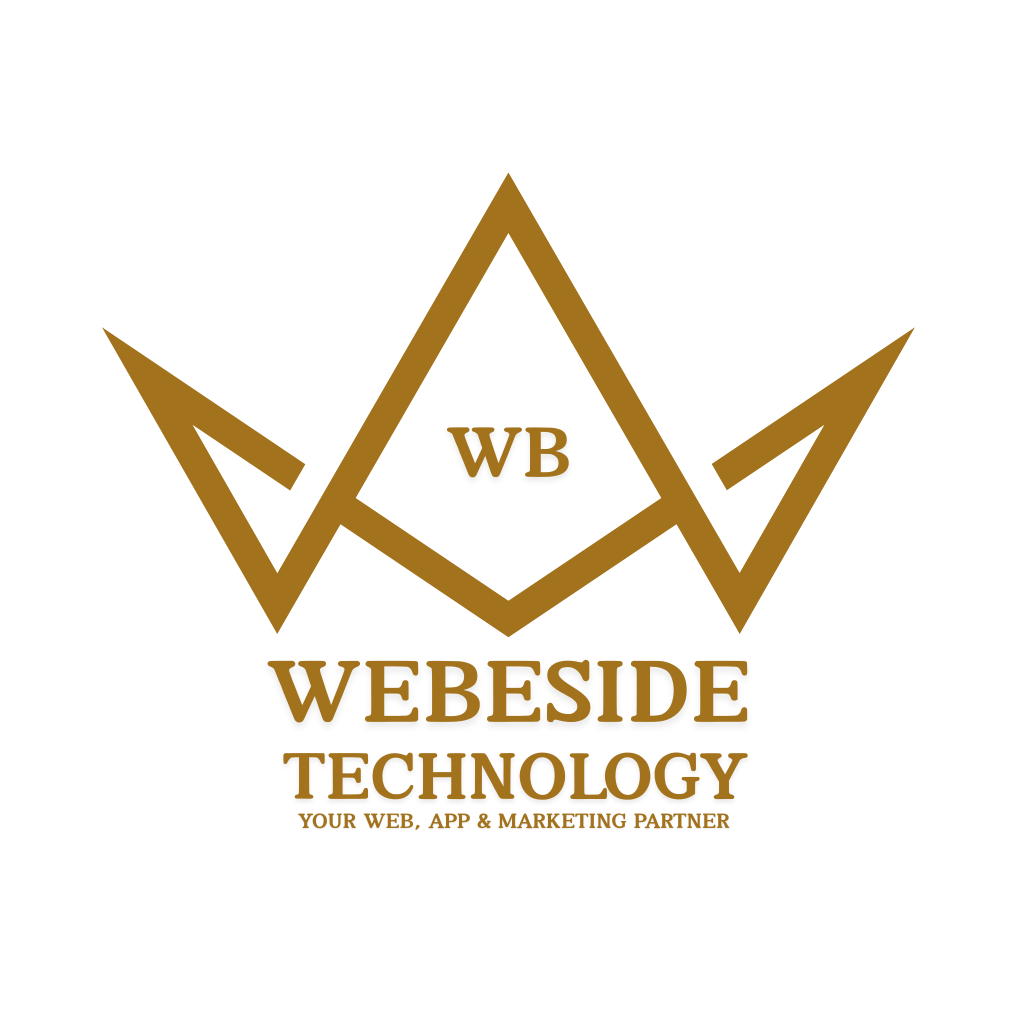






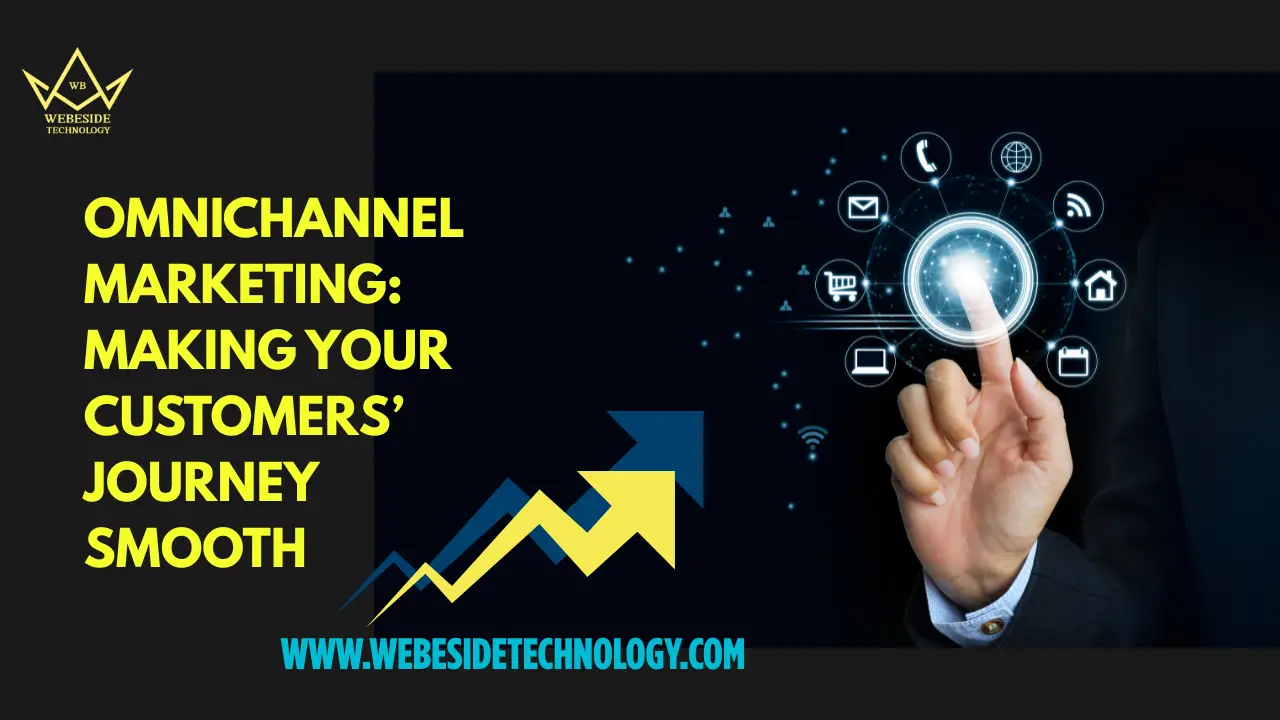
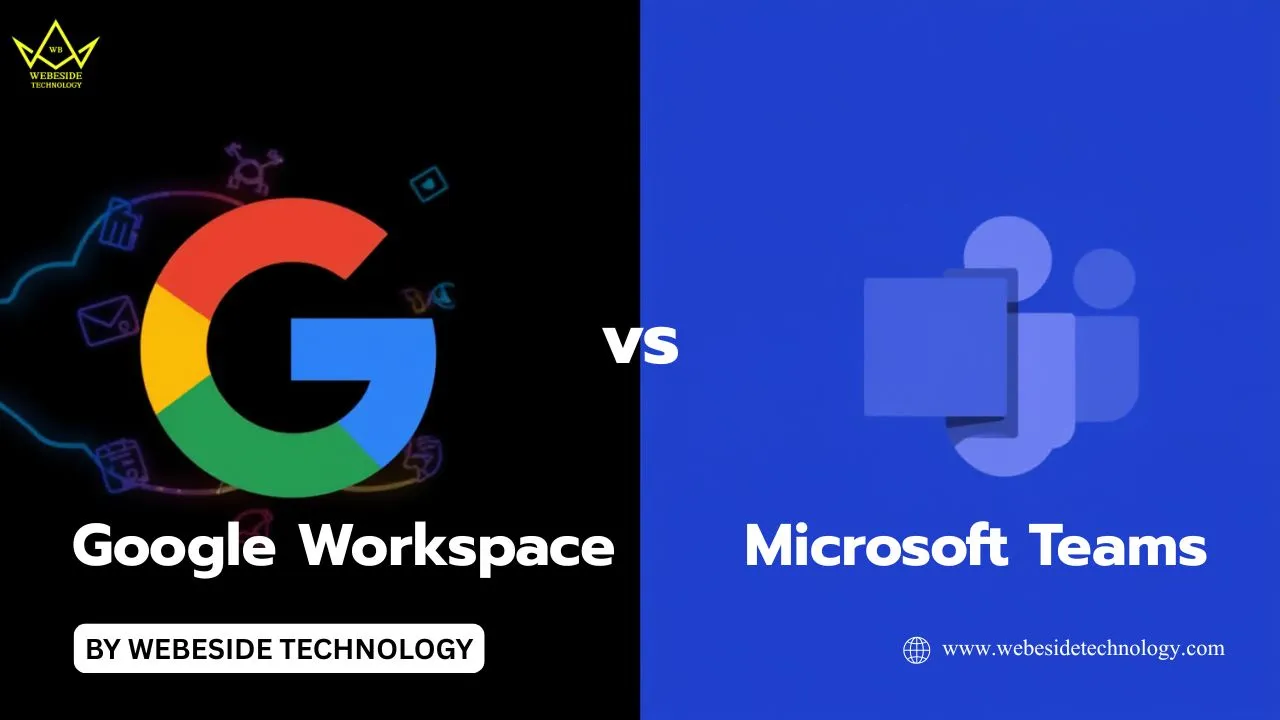
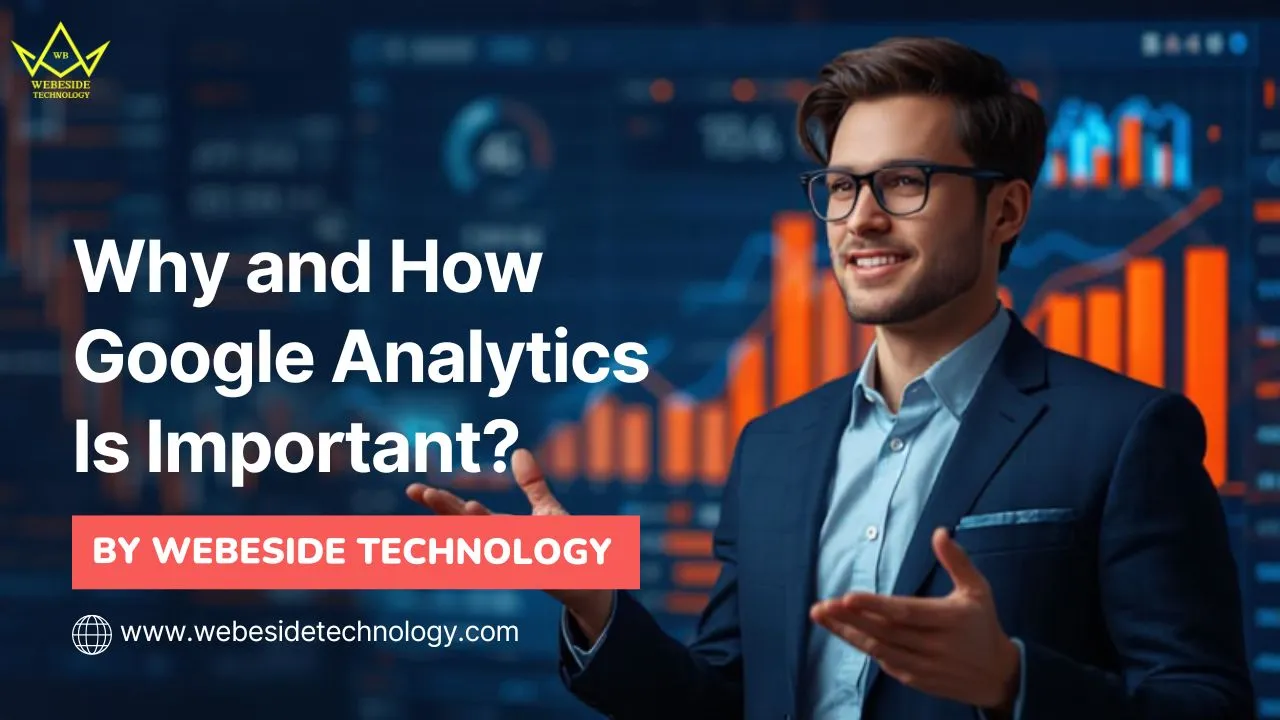
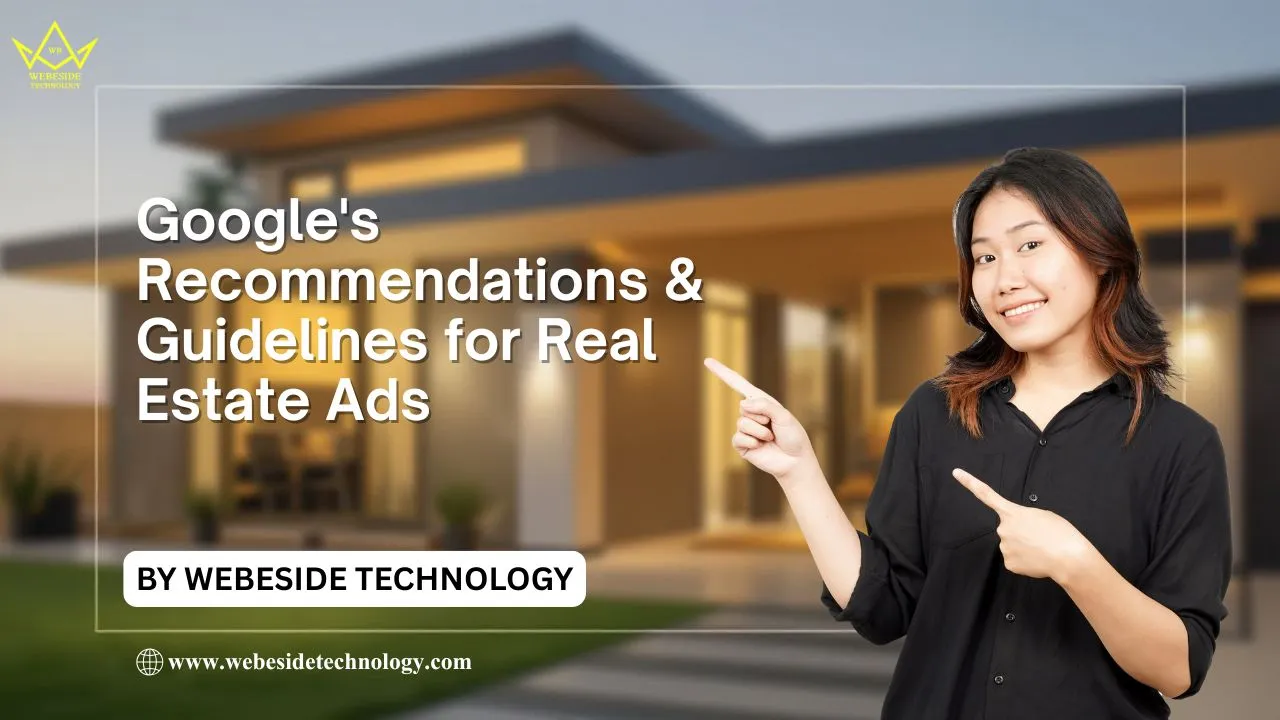
Leave a Comment